On This Page
Introduction
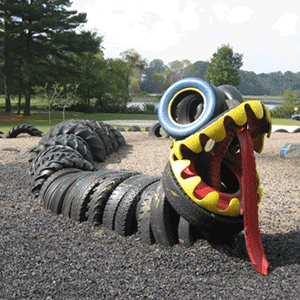

Parks are essential to enhancing our communities and keeping them strong and healthy. As communities grow and change, the role of parks and greenspaces has evolved into a more complex element of urban and rural landscapes. Whether providing a specific function or simply an aesthetic appeal for its residents, a successful park can positively influence quality of life, economic development, and public health while also providing environmental benefits. For example, parks can positively impact communities through increased tourism, increased retail potential, greater property values, and environmental conservation.
This primer provides information that can be used in the development and improvement of parks in the Houston-Galveston region. The information presented is a synthesis of best management practices employed in parks and greenspaces around the United States and can be viewed as a successful park’s toolkit, used to address park creation and improvement in the realm of planning, design, maintenance, and programming.
Planning

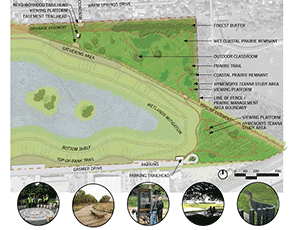
Park planning is vital to the success of any effort to afford recreation opportunities, to conserve habitat or to develop and improve a community’s parks and green spaces. Planning is good for building consensus and for integrating the expertise and specialties of complementary groups. Data should be collected and an assessment of current parks and land uses should be conducted. This will strengthen final results by helping inform the decision-making process, justifying actual needs, and establishing performance standards. It is also important to define a park’s mission, vision, goals, and objectives. A strong plan will form the foundation of successful recreation programs, park management, and park performance.
Park Planning Best Management Practices

- Collect data on park natural systems, inventory current parks, open spaces and land uses, and review related background reports and open space plans
- Conduct site selection for new parks and generate a priorities list for improvements to existing parks
- Define the park’s mission, vision, goals, and objectives
- Outline park uses, rules, and regulations
- Establish funding sources
- Generate community support for parks by forming partnerships with other city departments, outside agencies, private sector firms, and community organizations
Design
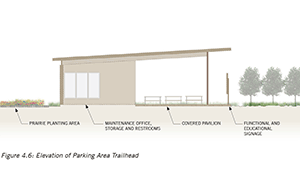
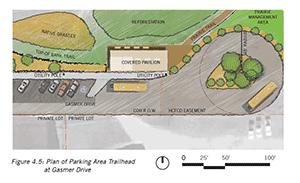
Sustainability is the paramount quality of a prudently designed park. Sustainable park design ensures responsible environmental practices, while also developing social benefits and reducing the cost of maintenance and management. Sustainable design practices enhance public health by employing active design techniques that encourage physical activity. Sustainable design practices also consider a park’s natural systems within its surrounding context. Landscapes should be treated as interconnected spaces that share water, soil, vegetation, and topography systems. By viewing these systems together and using a holistic approach, parks can be designed in a way that helps repair ecosystems, provide green infrastructure, and improve maintenance efficiency. Thus, sustainable park design should ultimately strive for connectivity of ecosystems within a community’s park system.
Sustainable Design Best Management Practices

Active Design
- Provide facilities that promote exercise such as centrally visible physical activity spaces, walking and biking trails, secure bike storage, and water fountains
- Design open spaces as part of large-scale developments, or locate buildings near parks to promote activity
- Provide social gathering spaces for people to interact and build social capital
- Design parks and open spaces to complement the cultural preferences of the local population and to accommodate a range of age groups
- Design parks that allow for diverse functions
- Include trees, plants, and other vegetation to provide shade and visual interest to park users
- Incorporate interpretive signage that speaks of site history and sustainable design practices
Secure Design (Safety)
- Control or monitor park access for user safety and the protection of landscape elements
- Include adequate lighting throughout the park
Interconnected Park Systems
- Provide connections to integrated open space via bicycle and pedestrian trails and complementary infrastructure to encourage use of trails
- Provide signage and wayfinding methods to provide direction to a community’s parks or act as an education tool for a park’s special features
- Treat landscapes as interdependent and interconnected natural systems to help preserve essential ecological functions and protect biodiversity
Enhance Accessibility and Social Equity
- Assure parks and greenspaces are located in areas accessible to all populations of the community, regardless of residence, physical abilities, or financial resources
- Take measures to satisfy Americans with Disabilities Act (ADA) regulations
- Locate parks in areas of high growth
Protect and Maximize Natural Systems and Culturally Significant Places
- Work with the natural configuration of the land and protect existing natural systems
- Use Green Infrastructure and Low Impact Development techniques to reduce pollution and efficiently manage stormwater runoff
- Capitalize on land that is already developed or in use within the park
Maximize Maintenance Efficiencies
- Standardize and limit the numbers and types of site furnishings
- Pave under seating, trash containers and information/ interpretive signs
- Choose native plants and grasses to minimize upkeep
Maintenance
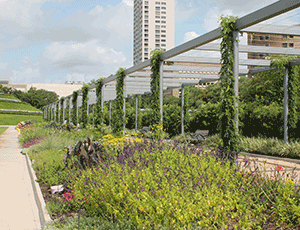

A successful park cannot thrive on sustainable design practices alone, but must be bolstered with adequate maintenance. Commitment to effective stewardship and sufficient funding for park maintenance is vital to a park’s longevity. Effective park maintenance and operation extends beyond landscape management to include safety, scheduling, and sustainable operation of the park.
Maintenance Best Management Practices

- Employ an adequate amount of security and maintenance personnel
- Coordinate park maintenance across all agencies
- Set up mechanisms and procedures to avoid and eliminate physical hazards
- Set up a way for park users to easily report problems, for example: web based reporting
- Promote respect through a zero tolerance approach toward trash and vandalism
- Define park hours and uses
- Raise funds to support capital improvements and maintenance needs
- Structure the landscape maintenance program to suit the park’s size, usage levels, maintenance infrastructure, and staffing and volunteer needs
- Reduce and reuse park landscape waste materials
Programming
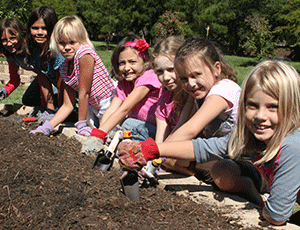
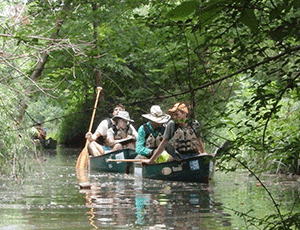
Prudent, carefully-tailored park programming and activities should work with all citizens of the community to improve park use and enjoyment, and will have rippling effects on community perceptions about the safety and attractiveness of parks. Programs can be designed for various seasons and functions and should appeal to people of all ages, abilities, and financial resources. The planning and implementation of an interesting, well-managed and properly marketed set of activities can ignite new energy and improve the reputation of a city’s park system, sparking increased park usage, improved safety, and greater visitor experience.
Park Programming Best Management Practices

- Develop new and foster existing volunteer stewardship programs
- Create and market activities in parks
- Organize pedestrian- and bicyclist-oriented programs, such as charity walks
- Encourage and support small-scale activities, such as entertainers, retail carts, and food trucks
- Embrace and accommodate public art
- Guide organizations and individuals through the events permitting process to facilitate community-inspired events
- Proactively manage special events
- Advocate and build community support for neighborhood-focused parks
Sources
Sources

- https://s3.amazonaws.com/center-www/guidelines.pdf
- https://www.fcgov.com/parks/pdf/bmp.pdf
- https://mrsc.org/explore-topics/parks-and-recreation/parks-open-space-and-trails-planning/park-planning-design-and-open-space
- https://www.tpl.org/media-room/new-facts-city-parks-released
- https://www.nps.gov/nationalmallplan/Documents/National%20Mall%20Plan%20-%20Best%20Management%20Practices%20Used%20at%20Urban%20Parks%20in%20National%20and%20International%20Locations.pdf
Download a copy of this primer, the Parks Best Management Practices white paper.

